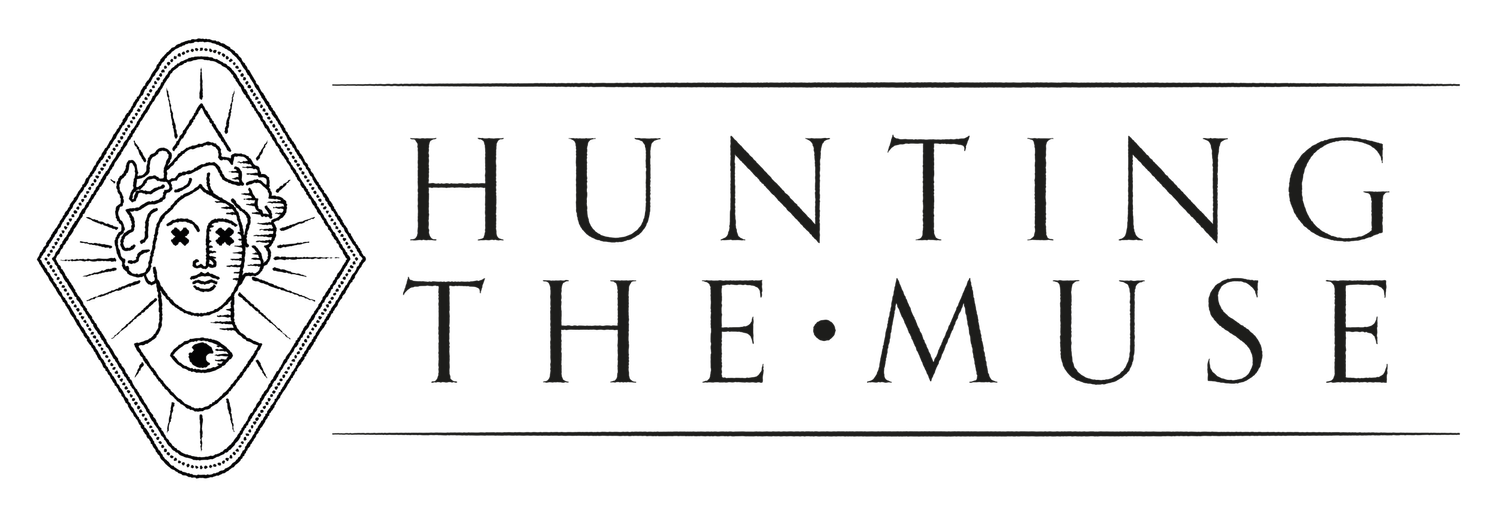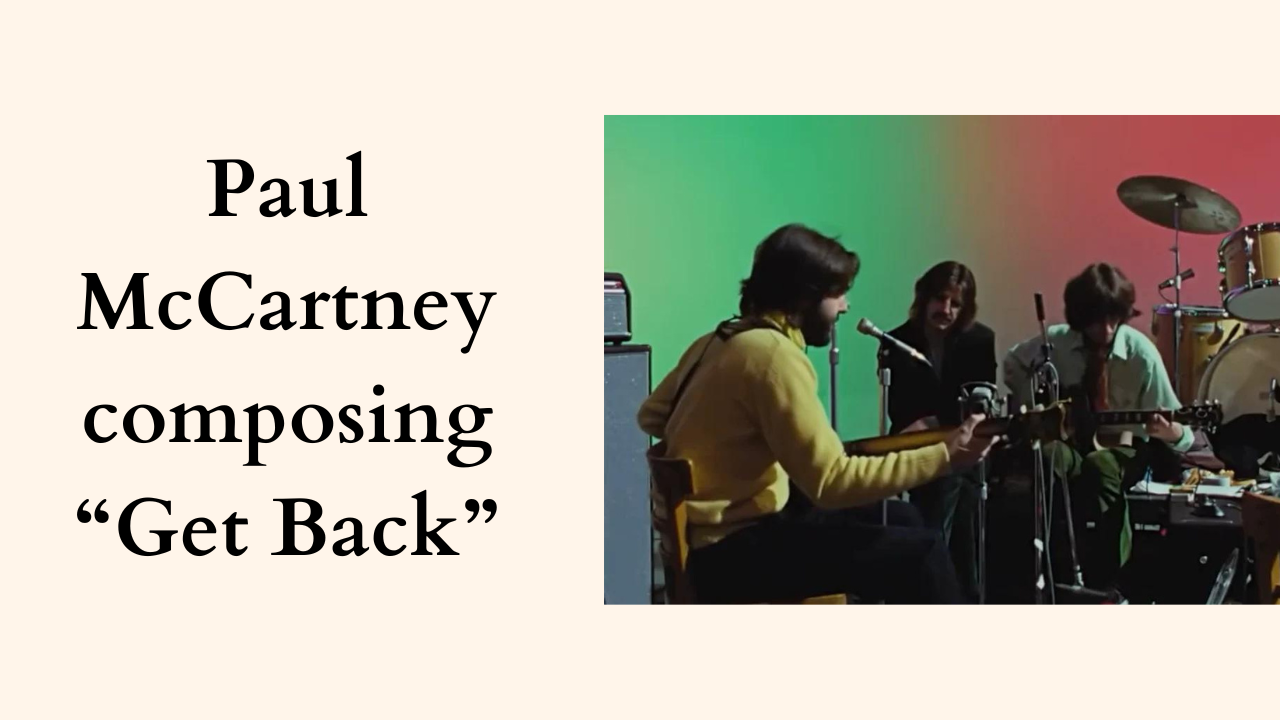Divergent thinking & convergent thinking: Train these 2 cognitive elements for infinite ideas
“Let it Be”, The Beatles’ twelfth and final album, was written and recorded in just 2 weeks during a tumultuous time.
Tension was growing between members of the world-famous band. John Lennon was addicted to heroin. And on top of that, they were recording a documentary under the pressure of a deadline.
But inside the pressure there’s a moment of creative magic. In search of new songs, Paul McCartney picks up his guitar and starts strumming.
He’s scanning like a metal detector, searching for something. Something with the same feeling as their early, straightforward rock ‘n’ roll sound. And he’s picked something up. He plays on, almost in a trance, until he zeroes in.
Two minutes later, the band is in full swing. Ringo builds the rhythm section. John takes his seat and catches up. George has a knowing smile: “This bloke’s done it again”.
The song was eventually called "Get Back" and stood at number one in the charts for six weeks. It is considered a Beatles classic.
Divergent thinking vs convergent thinking in a nutshell
So what happened in that camera-filled studio?
Paul played the guitar with a goal: to create a song for their next straightforward rock ‘n’ roll album (an album to “Get Back” to their roots, so to speak).
This is divergent thinking: to explore a wide range of possibilities, ideas, and answers to a challenge.
Then, he selected and developed an engaging, sticky tune and developed it further with the band.
This is convergent thinking: narrowing your thinking to choose and develop an idea based on a goal or boundary.
Obviously I can’t show you how to be a musical genius like Paul McCartney or give you the pressure of a looming Beatles album deadline.
But we can explore these two distinct phases of creativity, so you can never develop a wide range of ideas and never miss a great one.
Let’s start by thinking divergently.
Divergent thinking: freeing ourselves to welcome new ideas
Divergent thinking is cultivated by a restful and open mind: through play, boredom, and daydreaming.
To find a creative idea that is novel or useful, we have to broaden our perspective beyond the mundane.
Let’s test your ability to think divergently:
Find a paperclip. Then, set a timer for 2 minutes and brainstorm what it could be used for.
People who are exceptional divergent thinkers can think of hundreds of uses for a paperclip—from the routine to the ridiculous. And more often than not, these genius divergent thinkers are children.
One study of the paperclip test found 98% of kindergarten children were measured at a genius level of divergent thinking. Five years later they ran the test again, and those genius levels dropped to 32%. After another five years it was 10%. Then when those kids turned into adults (25+) with responsibilities, only 2% could imagine hundreds of uses for a paperclip.
It appears our divergent thinking shrinks with age. So our first step to retain it is to stop being distracted like an adult. That means the usual advice: phone and devices off and out of sight.
After that, there are simple practices to get into a divergent state:
Automatic movement: Washing dishes, gardening, walking, showering… these automatic movements are perfect to let our mind wander. Set yourself the goal, and then go for a distraction-free walk and think it over. The wandering mind will dream up multiple scenarios and possibilities.
Meditation: Meditation increases dopamine in the nigrostriatal pathway, increasing visual imagery and imagination. This boost in sustained dopamine and relaxation is crucial for creativity. Meditate and then start your creative task with a free and fresh mind.
Napping: Speaking of feeling refreshed, naps are excellent to come out of the logical mind and into the unconscious, freeing you to solve creative problems. Salvador Dali napped to visualise paintings, so did Thomas Edison for inventions, and David Ogilvy for ad copy.
Brainstorms: Brainstorming doesn’t need to be a team activity. Take advantage of brainstorms specifically made to help you reach a wide range of wild ideas, such as a Lightning Decision Jam or Disney’s Creative Strategy.
Once you’ve gathered plenty of ideas it’s time to bring your convergent mind into the room.
Convergent thinking: finding focus and closing boundaries
Convergent thinking is when you select ideas based on the logic, goals, or boundaries set.
These boundaries could be anything from specific business objectives to imagining the perfect idea for your book cover.
Divergent thinking is when the child leaves the living room a colourful mess, with crayons on the floor and paint spilled across the table. Convergent thinking is when the parent comes in to clean up, and finds a brilliant picture to stick on the fridge.
When you do a puzzle, multiple-choice test, or solve a maths problem, you use convergent thinking to find the specific answers.
Convergent thinking is driven by deep focus and persistence with useful practices like:
Time blocking and Pomodoro timers: Use specific calendar blocks and 25-minute pomodoro timers to dedicate deep work to the task. If you don’t block out the time for a task, something else will pull your attention instead.
Discussion and voting: Bringing an idea to your team, editor, or friend lets you speak it out loud and reach a different perspective. In a team meeting, you can use a silent brainstorm and voting system so that the loudest voice doesn’t select the idea by default.
Classical music and playlists: Known as ‘The Mozart Effect’, studies have shown classical music is ideal for long-lasting focus. Apps like brain.fm are also scientifically proven to increase focus on a task.
Diverging and converging to avoid the creative cliff
The creative cliff illusion is the studied belief that people expect creativity to decline across ideation sessions. This leads people to undervalue ideation sessions. But more often than not, creativity improves over time instead.
In our time-crunched world, we are often too quick to select ideas before we’ve done a sufficient amount of discovery.
We speak from the perspective of a convergent-thinking adult before we let the divergent-thinking child even open their mouth.
To reach our greatest ideas we must protect our ability to think widely and wildly. We don’t progress by imposing limits from the start—we progress because of the imagination of the dreaming child.




